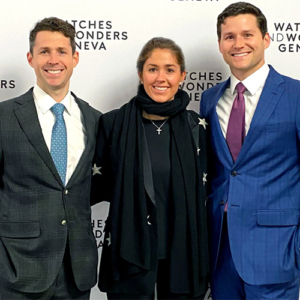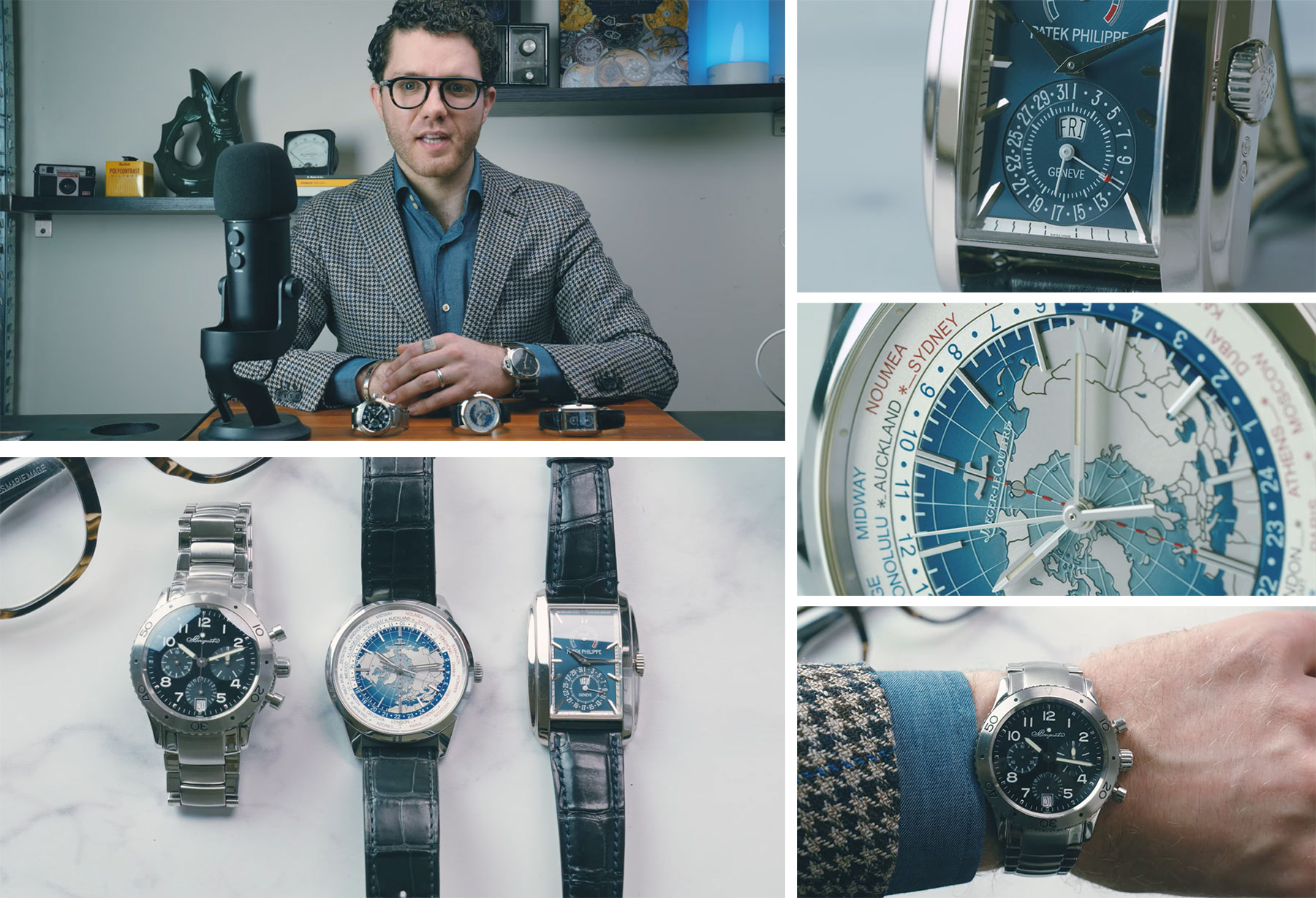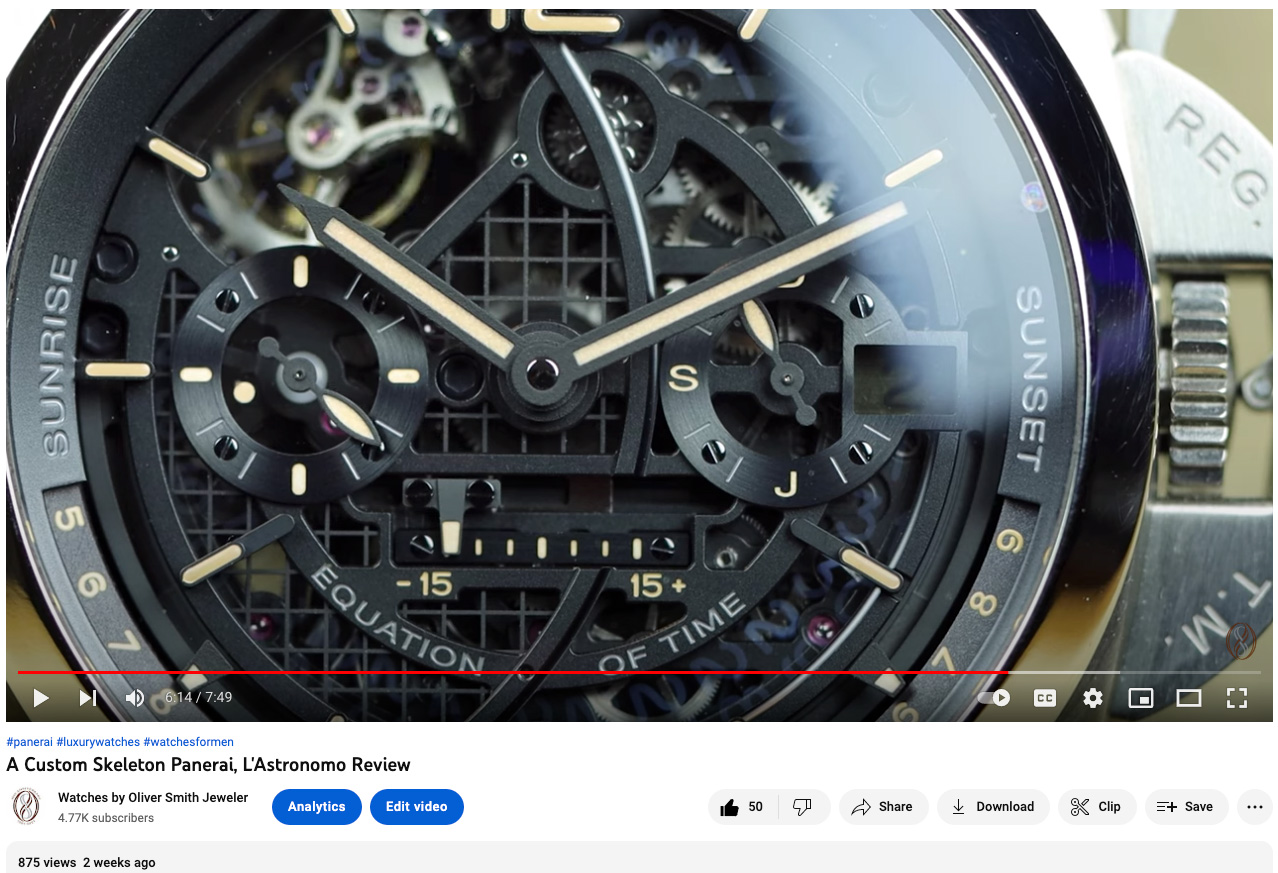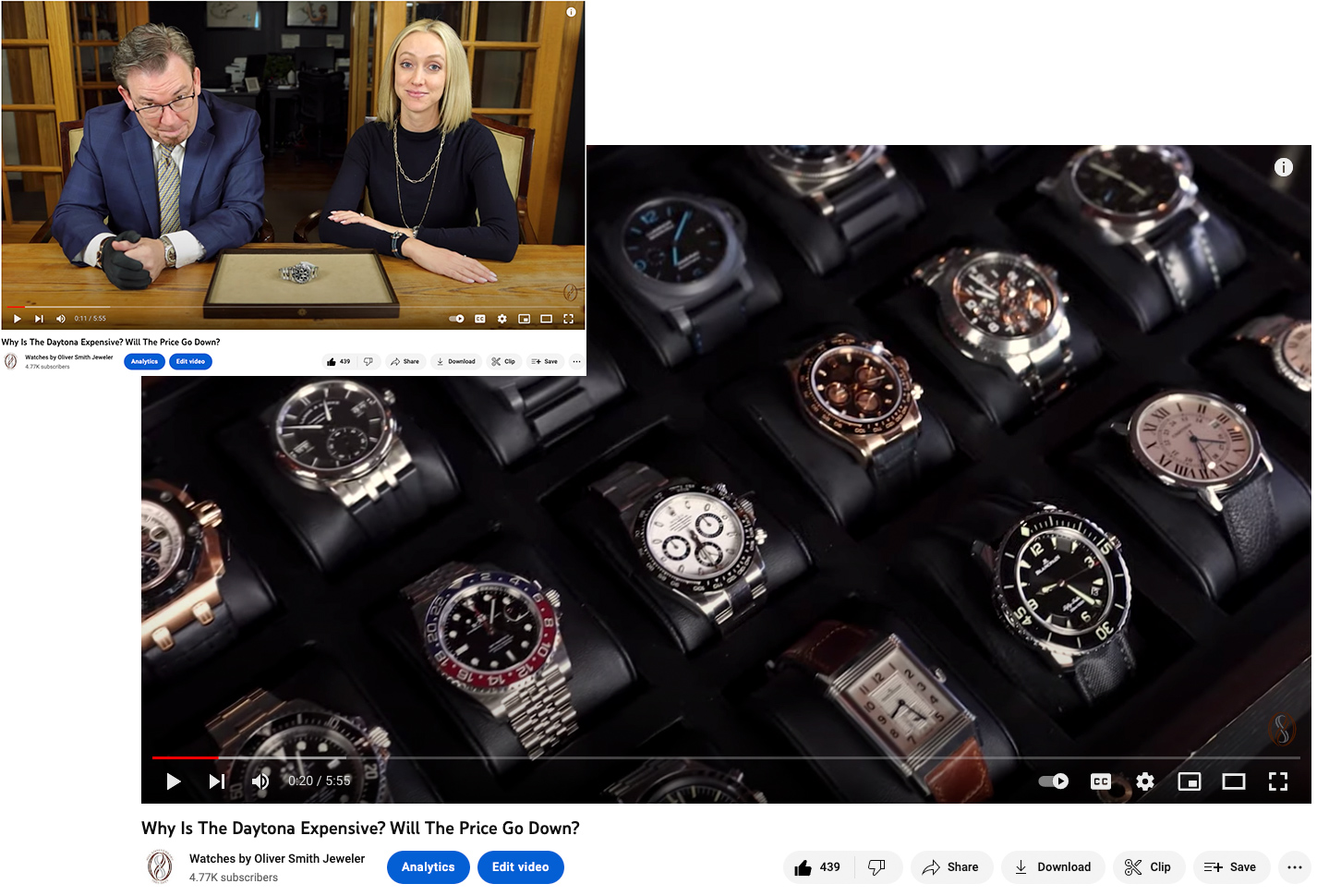
In some ways, social media seems tailor-made for jewelry marketing. Retailers can create and cultivate their brands with the help of dazzling images and edgy or elegant film clips using platforms such as Instagram and TikTok, both of which have cemented themselves as digital destinations for all kinds of sellers.
For jewelry retailers searching for a way to cut through the clutter and connect with customers on a more meaningful level, however, a surprising tech platform is emerging as a key digital channel for engaging viewers: YouTube. A geriatric in technological terms, YouTube debuted back in the relative dark ages of 2005—two years before the launch of the iPhone—and has been owned by Google (now Alphabet Inc.) since 2006.
The pandemic prompted a number of jewelry retailers to either start or increase their presence on YouTube. Now, even as customers have returned to showrooms, YouTubers say they believe that video content can bring value to their brand image and drive sales.

“It’s taken time, but every day now, we’re garnering more subscribers,” says Brian Walker, managing partner at Shreve, Crump & Low, a retailer with stores in Boston and Greenwich, Conn., that announced the launch of its YouTube channel in early November. Walker adds that video gives his team a lot of flexibility to be creative in a way traditional advertising—even traditional digital advertising—can’t deliver. “It’s so incredibly impactful—a tangible connection,” he says. “If done right, there can be a real call to action in terms of converting clients to come into the stores.”
Jewelry store owners and managers who have an active presence on the platform say the ability to post videos gives them creative freedom to grow their brand and present themselves in a more nuanced way than still images and sound bites can capture. Without the sense of urgency imposed by a one- or two-minute time limit, marketers can dispense with the hard sell and focus on letting their customers get to know them.
Adherents acknowledge that creating longer videos can be expensive and initially intimidating. But being able to cultivate a presence that conveys authority and knowledge about particular topics, while developing an intimacy and rapport with potential customers, makes the endeavor worthwhile. And though YouTube isn’t a social network per se, users can build profiles, curate playlists of their favorite content, and respond to and comment on posted content—all features marketers can use to foster dialogue with viewers.

Drawing—and Keeping—YouTube Viewers

If you want to introduce a YouTube channel for your brand, it’s important to ensure that the profile name and Google account associated with the channel aligns with your overall brand, says George Blair IV, co-owner and vice president of Jeweler Websites Inc. in Riverside, Calif. To help viewers easily find your content, “make sure you have your formatting unified, that you have all of your names and information clear and understandable,” he says.
In addition to organic traffic, you can expand the reach of your videos by cross-posting or uploading material across your social footprint. Using hashtags will help people who are searching for videos about, say, collectible watches or lab-grown diamonds find your channel. You also have the option of paid promotions.
To hold people’s interest, jewelers who are regular YouTube posters say there’s a “Goldilocks medium” when it comes to frequency and duration. Weekly uploads are popular, but there isn’t the same imperative as with some other digital platforms for a constantly updated stream of new material. Because YouTube is less characterized by immediacy, it’s possible to shoot several videos at a time, then space out their releases.

More Bang for Your Video Buck
Creating a YouTube channel isn’t that hard to do technologically, but it is hard to do well, says Elizabeth Smith, head of marketing at Oliver Smith Jeweler, a retailer with stores in Scottsdale, Ariz., and Aspen, Colo.
Smith says she started shooting video for the company’s nascent YouTube channel during the Covid lockdowns. While she initially used her iPhone, the process has since been considerably upgraded. “There’s some serious production behind it—we actually now have a full-time videographer.”
Paul Schneider, co-owner of Twist, which has stores in Portland, Ore., and Seattle, acknowledges how expensive the process can be. “We have a staff of around five full-time people that just work on our website” and other digital content, he says, and the videos are outsourced to a professional film production firm.
The good news is there are a couple of ways you can get more mileage out of your investment. For Schneider, the brand’s videos serve as training and sales tools. New hires use the store’s video library as a sort of study guide to familiarize themselves with featured designers before hitting the sales floor. And customers can do more or less the same by scanning QR codes right in the display cases that will take them to the related video content about a particular piece or creator.
Schneider also says he gets more bang for his video buck by asking the production company to deliver, along with the finished product, an edited, 60-second snippet that can be posted to short-form platforms like Instagram Reels or even YouTube’s own Shorts platform, introduced in 2020.
“Take your long-form videos and find your most interesting or entertaining 45 seconds,” Blair advises. Though there is a caveat: Like TikTok, Instagram and YouTube also use the portrait (vertical) setting of a phone camera rather than the traditional horizontal landscape format typical for long-form videos.

Up-Close and Personal
YouTube has been a boon for watch sellers, since collectors of rare timepieces generally want to see what a watch looks like in three dimensions and on the wrist.
“Watches are highly collectible and a very interesting product category to a very broad demographic of people,” Walker says. “For some of these watches, there are so few available on the market that when we do these review videos with these super high-quality images, people really appreciate them.”
The up-close-and-personal approach is popular for other types of YouTube content as well. While social media is awash in influencers, independent jewelers are likely to profit from their YouTube investment by just being themselves, Smith says, adding that the focus of Oliver Smith Jeweler’s videos is “on answering questions.”
Recently, Oliver Smith Jeweler has started to experiment with a new reality show–style of video that offers a glimpse behind the scenes. “For us, it’s a way to establish trust with who we are,” Smith says. “It doesn’t get us nearly as many views, but it gets us more engagement, more comments, and more people coming in to talk about it¾I think because it’s different and clients can really feel like they know us and want to be a part of the brand.”
As Smith explains, “We get new clients all the time who say, ‘I found you on YouTube.’”

Top: Getty Images
